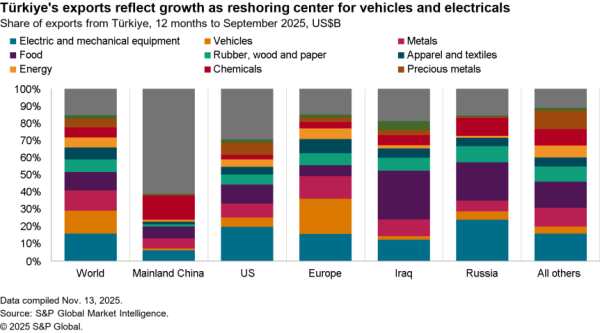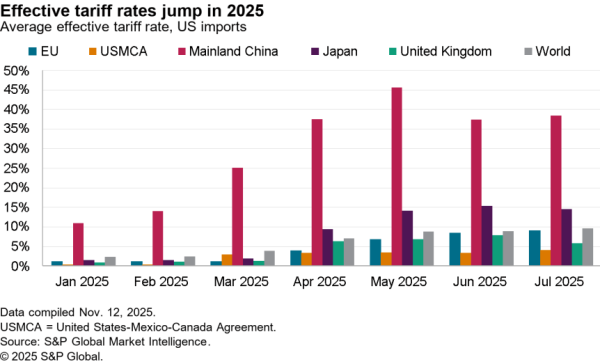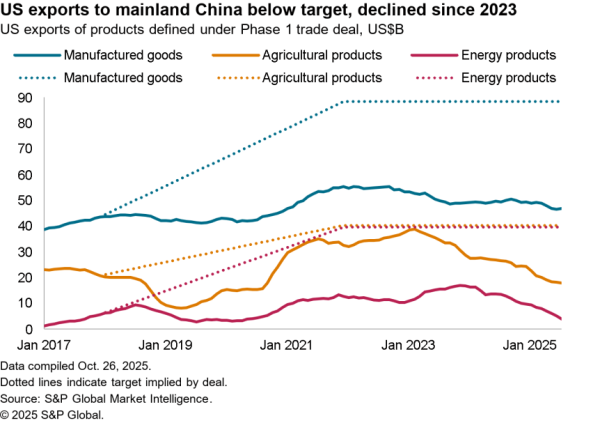Freight forwarder DSV Panalpina has stated that conditions in Q2 have “developed better than expected“. While the firm still expects market demand for sea freight falling 15% to 20% year over year and air freight falling by 20% to 30%, a cut in capacity has led to improved profitability. The firm has therefore reinstated earnings guidance, albeit only for Q2’20 with forecast EBIT of above DKK 2.3 billion ($348 million) compared to analysts’ estimates of DKK 1.94 billion according to S&P Global Market Intelligence.
DSV’s announcement follows Maersk’s, analyzed in Panjiva’s June 22 report, which also indicated better-than-expected performance for the quarter. It strikes a contrast meanwhile with FedEx’s decision to delay its earnings.
Panjiva’s data for U.S. seaborne imports of containerized freight, taken through June 15 in each year, shows total shipments in Q2 may have fallen by 11.7% year over year. That’s faster than the 5.2% drop experienced in Q1 but slightly better than DSV’s assessment for the global average. The latter likely includes a marked slowdown in Europe.
The decline in the aggregate masks a slower rate of shipment decline from China with a 9.9% drop in Q2 versus 18.3% in Q1. Shipments from the biggest five markets in Asia outside of China meanwhile dropped by 11.8% after rising by 8.3% due to a slump in shipments from Japan and India.
Imports from Europe meanwhile also experienced an accelerating decline to a 14.7% slide from 55.8% due to a slump in German export that was likely related to the automotive industry.

Source: Panjiva
DSV Panalpina meanwhile did slightly worse than average with a 17.8% slide in Q2 following an 11.2% dip in the first quarter. That may reflect the distractions of completing the merger between DSV and Panalpina as well as taking a more conservative stance with regards to building market share.
The latter point can perhaps be seen in the continued slide in shipments from Chinese ports which dropped by 25.6% while imports to the U.S. from Asia ex-China slumped 30.9% lower after dipping by just 1.8% in Q1. The drop in the latter was widespread but due in large part to a slide in imports from India, including transportation sector imports for GE and Daimler, which dropped to negligible levels.
The best performing region was Europe with a decline of just 4.4%, admittedly reversing a 5.4% rise in the prior quarter. The result would have been lower if not for a surge in shipments for wind turbine manufacturer Vestas and beauty products maker Estee Lauder.

Source: Panjiva




